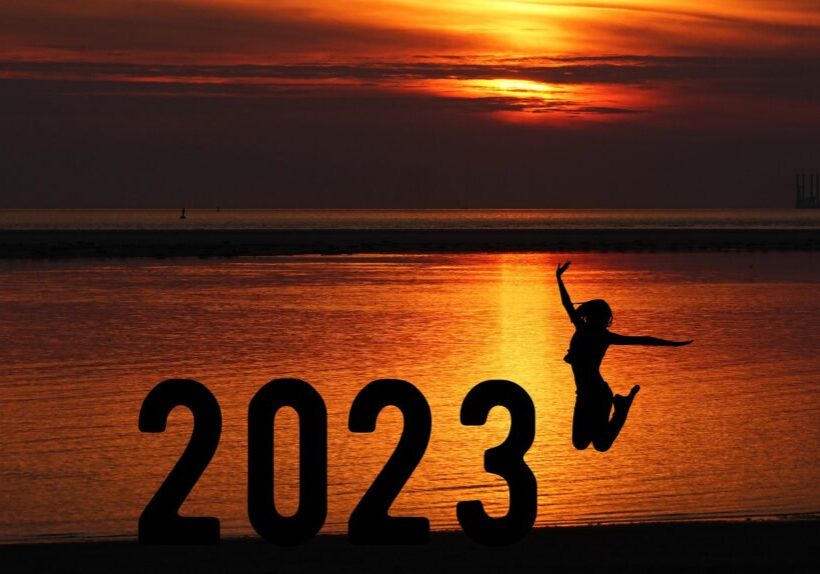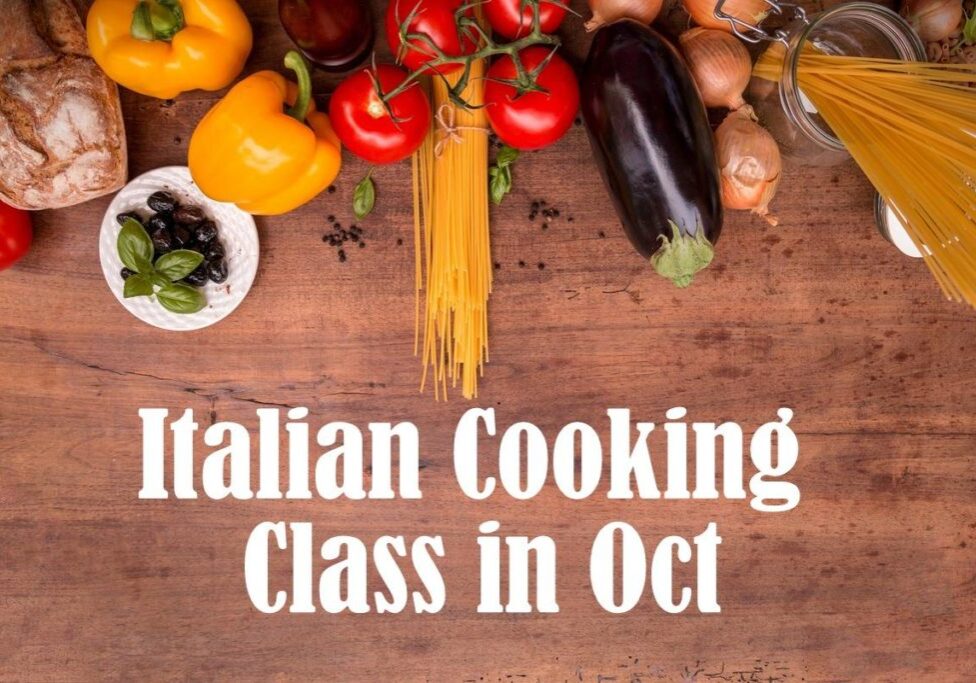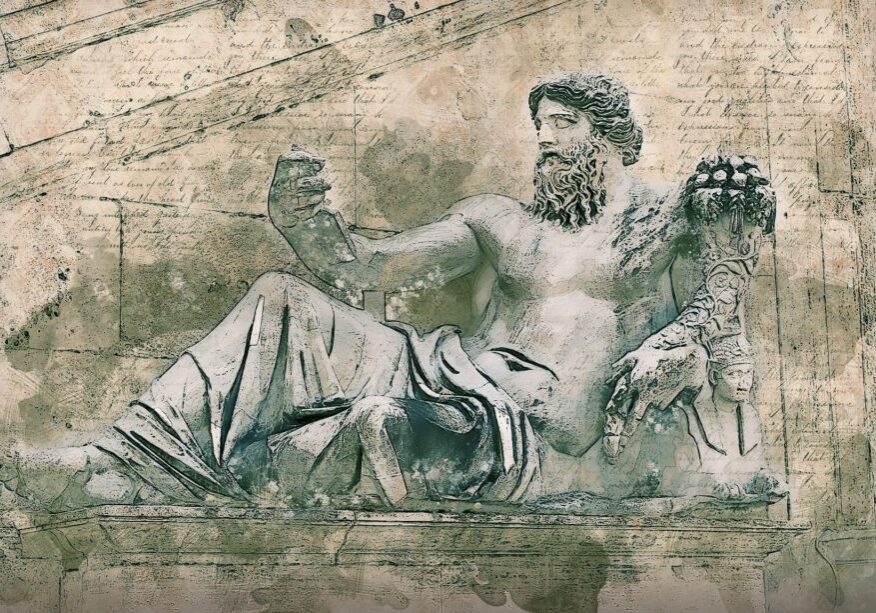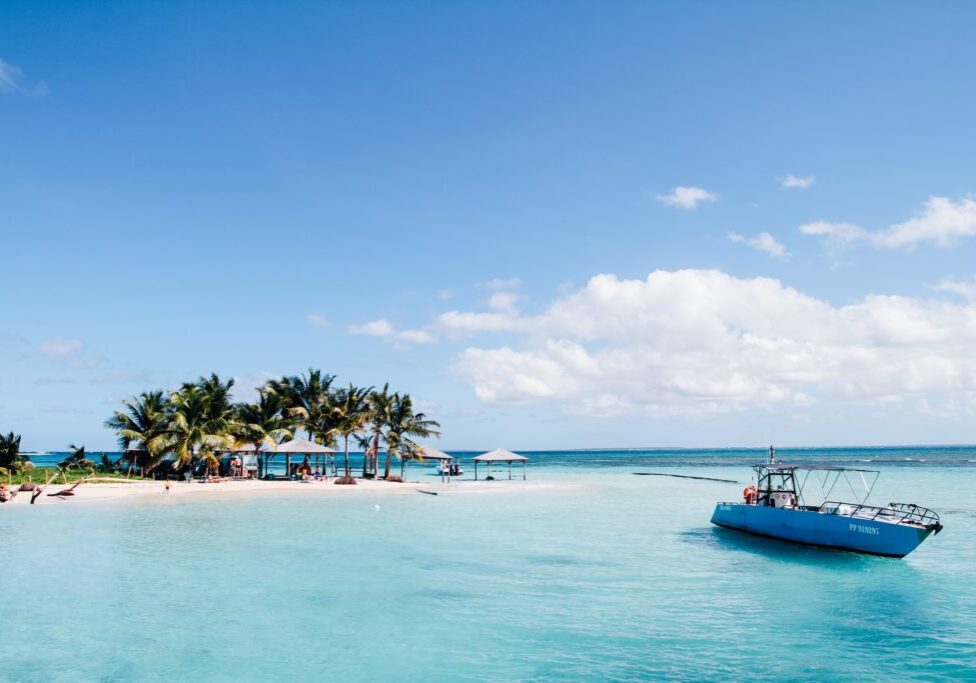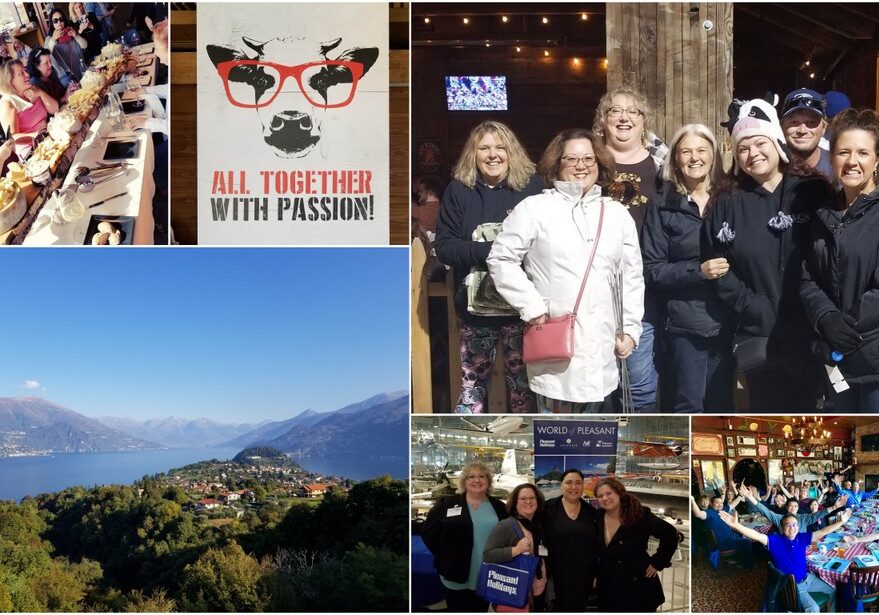Italy
Italy is one of the most popular vacation destinations in Europe for good reason. Visitors can experience the spectrum - from Mediterranean islands and expansive coastlines; splendid peaks and rugged mountains; flat plains, deep gorges and gently rolling hills.
It is probably the world-renowned Italian hospitality that makes Italy the perfect destination for new visitors and returning visitors, season after season.
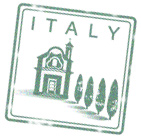
Overview
It is hard to know where to start since there are so many places to explore. Most people start out by visiting Rome, Venice and Florence so we will give a brief overview of each city.
Rome, known as the Eternal City, has attracted visitors for over 2,000 years. It is one of the most magnificent and romantic cities in the world, boasting an attractive mix of grandiose sights — the likes of the Colosseum, Roman Pantheon and Forum — and bustling city life. Life is sweet: the cake is there for eating. Italian designer shopping, smooth ice cream, frothy cappuccino and exquisite wines to name but a few things that draw in over 4.2 million tourists in search of a taste of Italian 'dolce vita' every year.
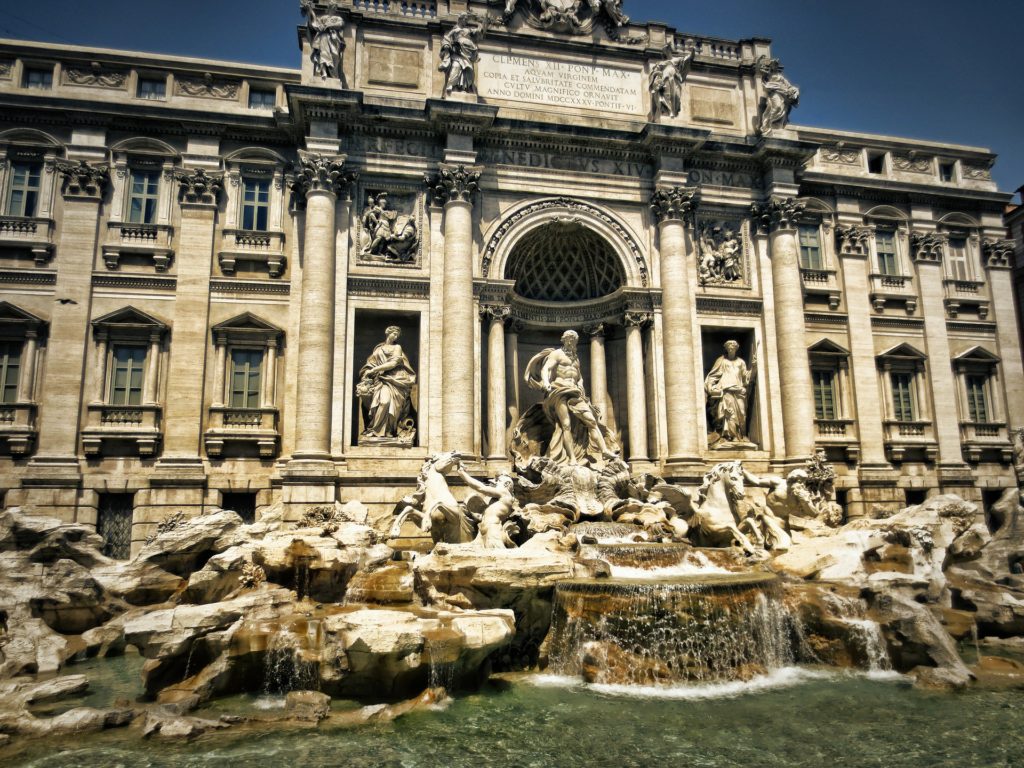
Best Time To Visit
May and June are the best times to visit, as far as the weather goes. Spring weather can be quite changeable, especially in March and April, with sunny skies in the morning and storms in the afternoon. May and June can be very pleasant, but temperatures often climb above 85 F/30 C in July and August. High humidity (around 85%) causes most locals to flee the city toward the end of summer.
Fall remains sunny, with October and November mild but sometimes rainy. September-November is a nice time to visit—the weather's good for touring around, and you'll miss the early-summer crowds. Winters are generally mild, with January lows around 40 F/5 C. Rome receives snow about once every five years, and when it does, public transport tends to stop, and getting around the city can be difficult.
Money & Tipping
Italy uses the euro as its official currency. It is common for store clerks to demand small notes and exact change for purchases. If you don't comply, you may be given all your change in small coins. The euro-to-dollar rate fluctuates constantly, and you will be charged on the day your credit card purchase is redeemed from your bank, not necessarily the day the purchase was made. The best exchange rate is via an ATM with a debit card. Exchange bureaus can be found all over the center of Rome, but most charge a hefty commission. Always ask if posted exchange rates are accurate.
The culture of tipping in Europe is considerably different from that in North America. For the most part, Italians do not tip, as waiters and housekeeping staff are paid a fair wage. At times a service charge (servizio) is tacked onto restaurant bills. Don't confuse this with the cover (coperto), which is a charge for bread and table settings. If the service charge is included, a tip is not necessary. If service has been excellent, a tip of 1 euro per person is greatly appreciated and should be given directly to the waitstaff, not tacked on the credit card amount.
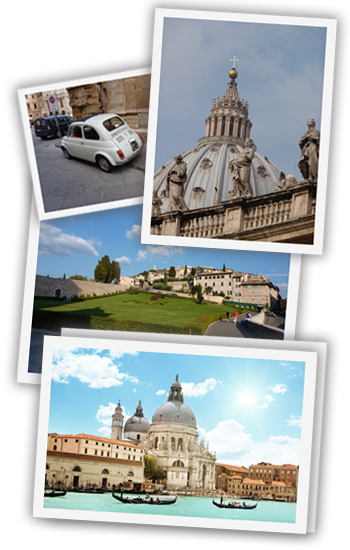
Did You Know?
- The Kingdom of Italy was proclaimed on 17 March 1861, but it was not finally unified until 1870.
- The calendar we use today is more than 2,000 years old and was started by Julius Caesar. The month of July is, in fact, named after the emperor himself.
- Italy celebrates 1 May as a national holiday, akin to the U.S. Labor Day; during this time, Rome hosts numerous music concerts, and international celebrities congregate in the city.
- Italian children have only recently started receiving gifts from Santa Claus. Until the last decade or so, Italian children primarily received presents from the Befana witch on the eve of 6 January, which is Epiphany or Twelfth Night.
- Romans are among the most superstitious Italians. When Romans see a nun, they immediately touch iron to ward off bad luck; bird excrement on the shoe and hearing a cat sneeze are considered signs of good luck. In a restaurant, pouring from a bottle with your hand on the bottom, or failing to look your companion in the eye while clinking glasses together for a toast, are both said to bring bad luck.
- Glass production has a 700-year-old tradition in Venice and was once regarded as a state secret. Revealing the secret could have meant the death penalty for the "traitor."
- Amaretti (dome-shaped cookies) were first made in Venice during the Renaissance period.


